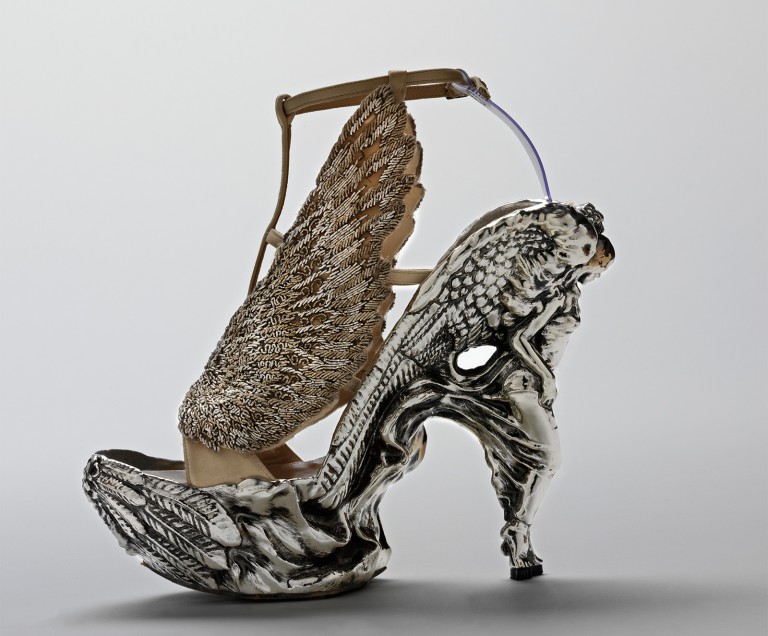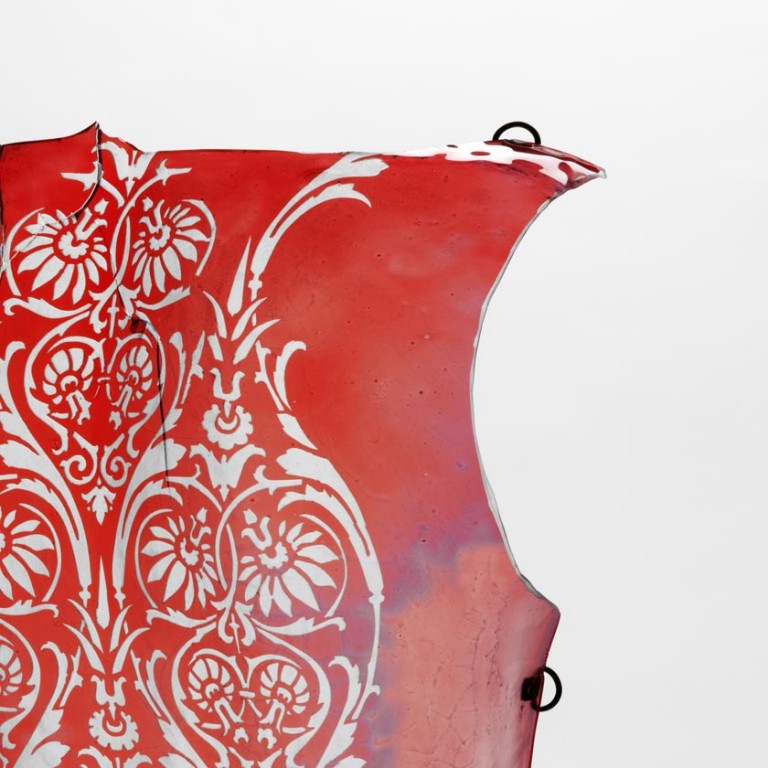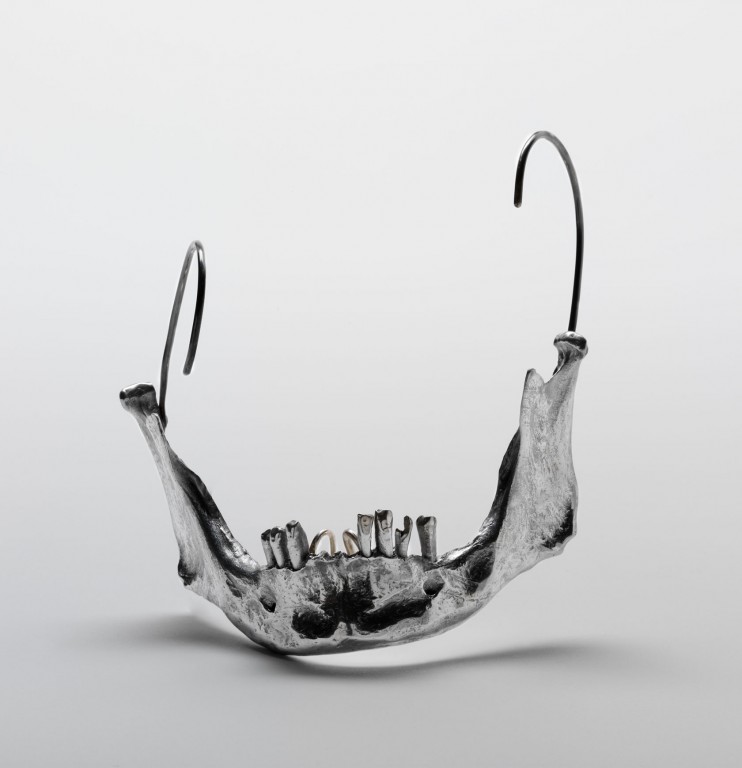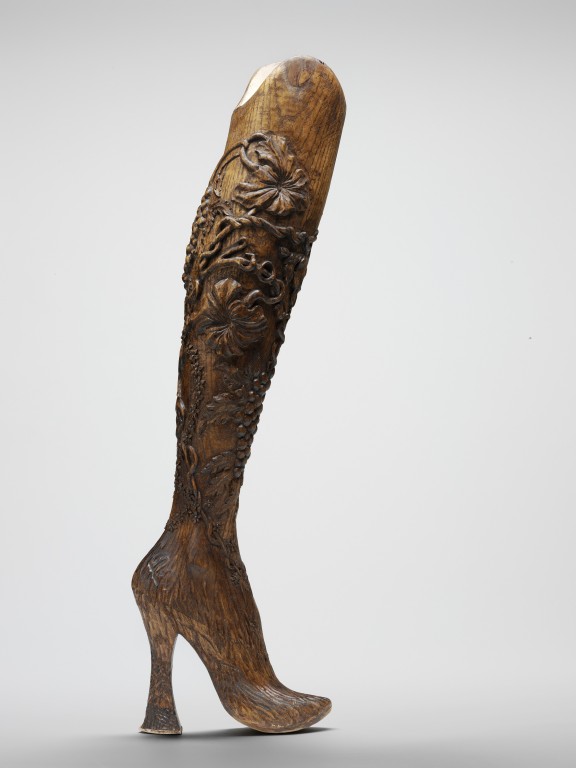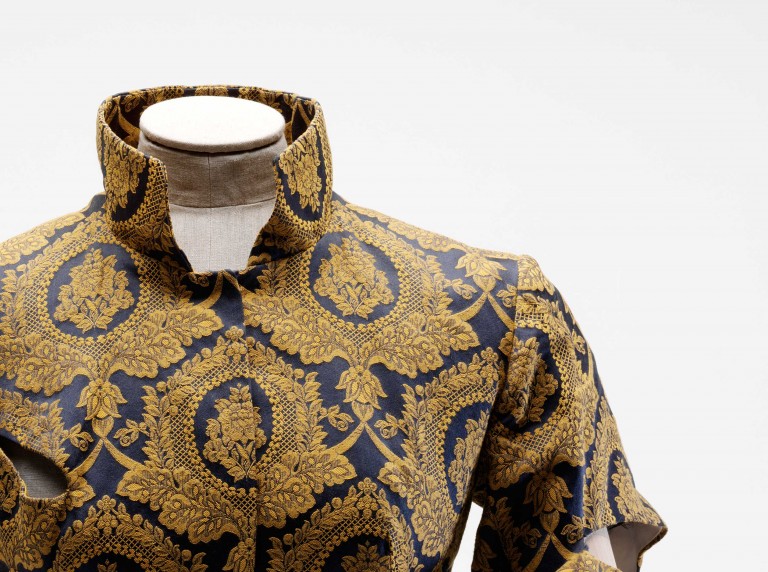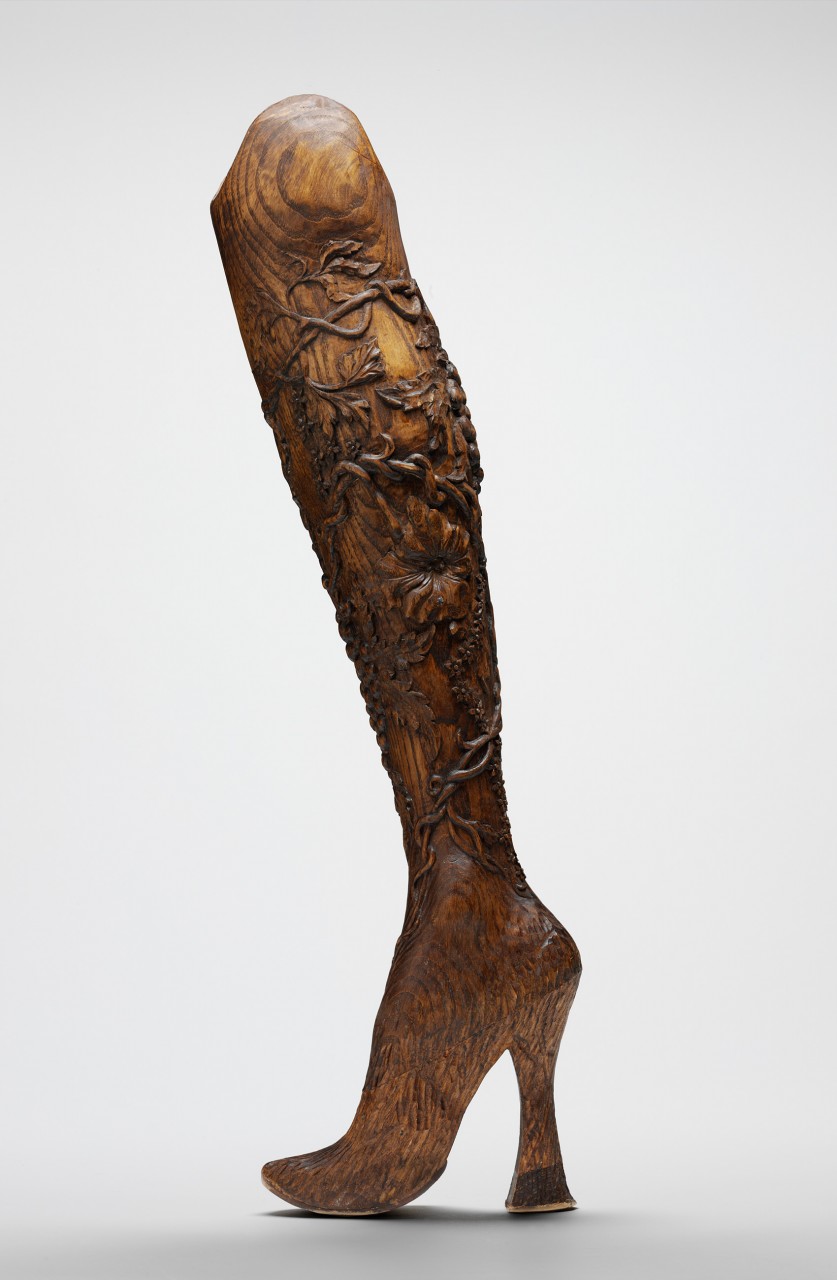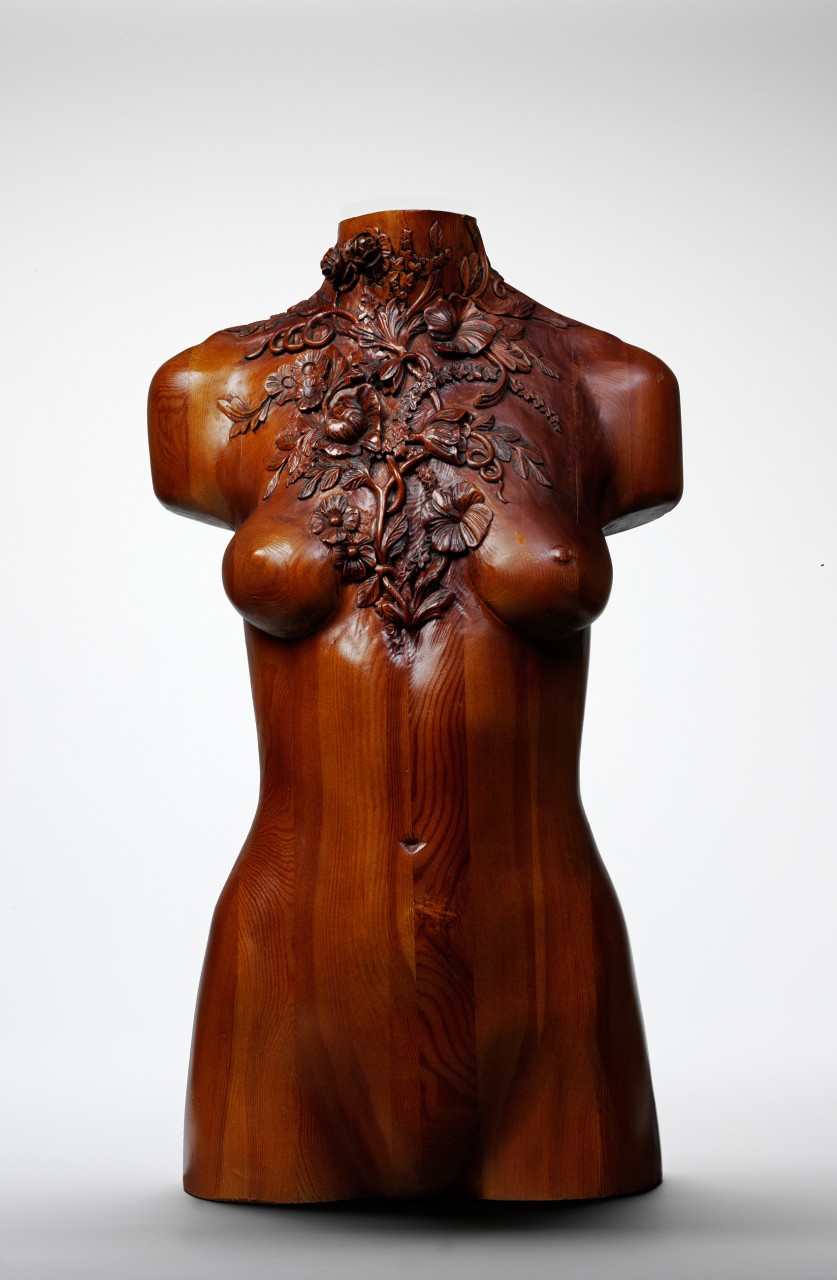GRINLING GIBBONS 1648 – 1721
Grinling Gibbons was the most celebrated British woodcarver of the 17th century. Born in Rotterdam in 1648, to British parents, Gibbons completed his initial apprenticeship in the Low Countries before emigrating to London in around 1667. After his arrival in London Gibbons quickly attracted attention – receiving commissions by the mid-1670s to produce decorative carving for two country-houses in Hertfordshire.
Gibbons was given his first royal commission in 1675, when he was hired by Charles II to produce decorative carving for Windsor Castle. Over the next 25 years, he completed important commissions for Whitehall Palace, St Paul’s Cathedral and Hampton Court Palace. In 1693, he was appointed as master sculptor and carver in wood by King William III.
Grinling Gibbons’s highly distinctive style is characterised by botanical elements carved with hugely naturalistic detail, in very high relief. Gibbons worked with limewood – a material whose uniform but soft structure makes it particularly well suited to high-relief carving. Gibbons’ limewood carvings were unpainted and unvarnished. They were designed to hang against oak panelling, creating a dramatic contrast between dark oak and light lime which worked to heighten the effect of their abundance, depth and incredible detail. The huge skill and delicacy of Gibbons’ work is perhaps best demonstrated by a limewood cravat, carved to imitate lace.
Grinling Gibbons produced his decorative carvings via a large workshop in which different parts of a single design were completed by different carvers – many different hands would have worked on each commission. His style of carving, although unusual in Britain in the mid-17th century, was very quickly imitated by large numbers of contemporaries.

